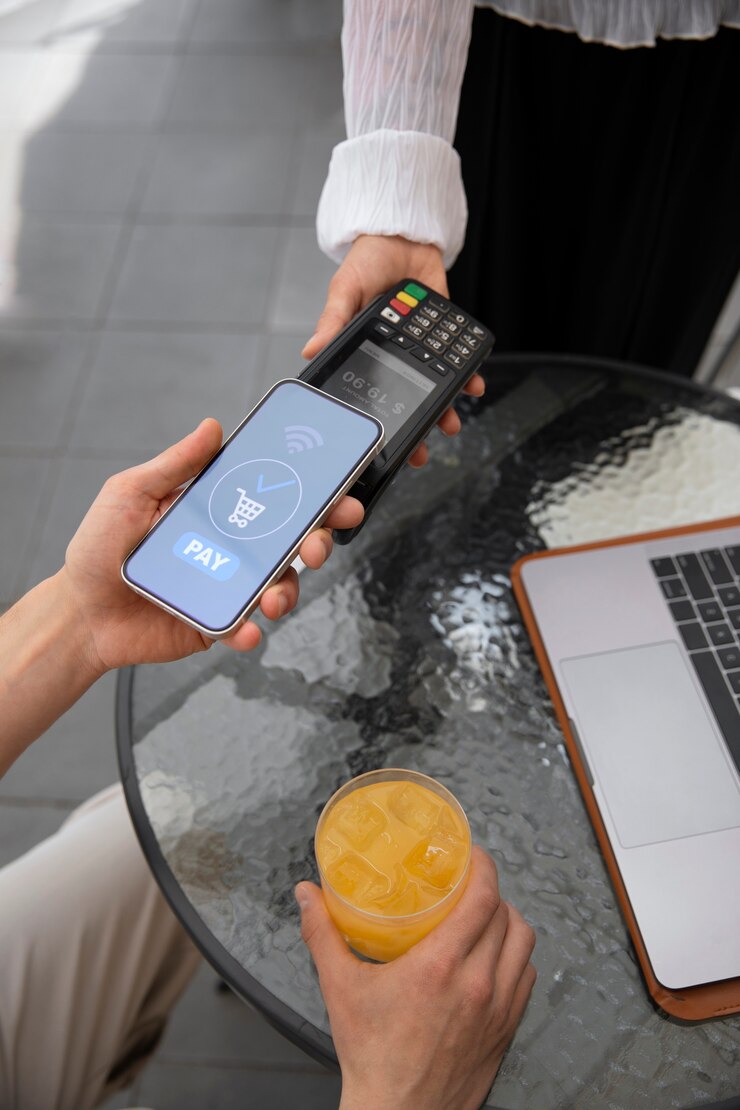For large retail enterprises, managing disparate systems for operations and payments creates significant hurdles. It is because siloed data hinders accuracy and efficiency; moreover, this data set becomes increasingly varied and complex with disconnected systems. In fact, according to the 2019 Retail Technology Report from Total Retail, 70% of participating retailers cited “integrating with existing technology” as their top hurdle when considering new retail systems and solutions.
Driving efficiency and delivering exceptional customer experiences are among the utmost priorities for modern retail chains. However, this requires more than just investing in more advanced ERP (Enterprise Resource Planning) systems or standalone enterprise payment solutions; the solution lies in bridging the gap between the two. Let’s delve into why this ERP payment integration matters and how it can streamline operations across your entire retail business.
ERP Systems: The Backbone of Retail Business
Enterprise Resource Planning (ERP) systems are powerful software suites that integrate with and manage core business processes, including inventory and supply chain management, as well as financials and human resources. In retail, ERPs support complex, high-volume operations across various regions and formats, ensuring consistency and control.
Whether tracking omnichannel inventory or streamlining vendor payments, these systems deliver the centralized insights retail organisations need to make fast, data-driven decisions and keep their business running smoothly while scaling smartly.
Why ERP Payment Integration Matters for Retail
Retailers process thousands of transactions daily across in-store, mobile, and online channels. And with payment processing functioning separately from ERP systems come various problems. Manual data entry between these disparate systems results in errors, delays in reconciliation, and a lack of real-time financial visibility. Such inefficiencies hinder operational speed and accuracy (critical for high-volume retail) and increase the risk of financial discrepancies.
Seamless ERP payment integration automates these processes, ensuring that payment data is instantly reflected across the ERP ecosystem, from inventory to financials. In fact, the strategic adoption of enterprise payment solutions has become so necessary that a significant number of organizations plan to invest in this integration within the next two years! (Statista)
How It Works
The way enterprise payment solutions typically integrate with retail ERP systems is through APIs (Application Programming Interfaces) or pre-built connectors. APIs act as intermediaries, allowing the payment system and the ERP to communicate and exchange data securely.
Many leading ERP providers and payment processors catering to retail businesses offer these standardized interfaces. When a transaction occurs, payment data flows through a secure data pipeline to the ERP, automatically updating relevant ledger entries, inventory levels, and customer records in real-time or near real-time.
For retail, this real-time accuracy is essential for operational consistency across locations, sales channels, and customer interactions. The technical handshake also ensures that payment authorizations, refunds, and adjustments flow reliably across the entire retail organisation.
Key Benefits of Integrated Enterprise Payment Solutions for Retail
Integrating enterprise payment solutions with ERP systems unlocks numerous advantages for retailers, giving them the agility and control to compete in a fast-moving market:
Automated Financial Processes
Retailers can eliminate manual entry for invoicing, refunds, and reconciliation, which is especially challenging for multi-channel retailers. Automating this process is particularly beneficial for high-volume returns or split transactions, as it saves hours of labor and reduces errors without increased manual workload.
Enhanced Data Visibility
Synchronization between payments and ERP ensures real-time, accurate financial data across all sales channels, providing a unified view for better cash flow management and informed financial forecasting.
Improved Compliance
Integration simplifies compliance with the PCI DSS (Payment Card Industry Data Security Standard) and other adjacent security standards and regulations, ensuring that retail payment data is securely handled and properly reported.
Streamlined Customer Experience (CX)
Features such as one-click checkout, recurring billing, multi-currency support, and simplified multi-channel returns create a connected retail experience that meets the demands of modern online and global shoppers. Thus, it can contribute to higher customer satisfaction and loyalty.
Empowering Retail Enterprises with Veras Extend
Simply put, integrating enterprise payment solutions enables retailers to achieve significant operational efficiency, logistical accuracy, and the ability to provide a superior CX—the three key strategic pillars of modern retail success. And for retail businesses seeking to leverage the benefits of integrated systems, Veras Extend is our most capable offering.
Veras Extend ‘extends’ core functionalities, such as mPOS (Mobile Point of Sale), directly to associates on the retail floor. It works seamlessly with your existing retail ERP, CRM, and POS systems to bring the benefits of ERP payment integration to every corner of the sales floor, as well as off-site events.
Retailers using our mobile selling application benefit from consistent pricing and promotion logic across all platforms, ensuring that real-time data is directly tied into their enterprise systems, regardless of whether a transaction happens at a fixed register or in the aisle via mobile. Retailers can also leverage this integrated data to power richer, data-driven customer experiences, i.e., endless aisles, AI-driven recommendations, and personalized services.
Additionally, unified product search and real-time inventory access enable associates to locate products across stores or warehouses. At the same time, customers benefit from a seamless path to purchase, whether in-store, online, or on mobile!
FAQs
1. What are the key steps for retailers to achieve successful ERP integration?
Begin by assessing your needs and selecting a retail-experienced processor. Veras Retail can help you ensure system compatibility, develop a tailored plan, and then continuously monitor and optimize performance post-integration for your retail business.
2. Is middleware necessary for all ERP integrations, or can systems connect directly to each other without it?
While some systems offer direct connectors, middleware platforms (iPaaS or Integration Platform as a Service) are often used, especially in complex retail enterprises, to facilitate seamless data flow and translation between disparate ERP and enterprise payment solutions.
3. What are some challenges retailers might face during the integration process?
Challenges can include data mapping complexities between systems, maintaining real-time synchronization, managing potential disruptions during the transition, and adequately training staff on the new integrated workflows within the organisation.
4. How does ERP payment integration enhance the security of payment data for retail businesses?
Integrated systems reduce the need for manual data handling, which minimizes exposure points. Secure APIs and adherence to industry standards, such as PCI DSS, ensure that sensitive payment information is processed and stored more securely within the enterprise’s ecosystem.




